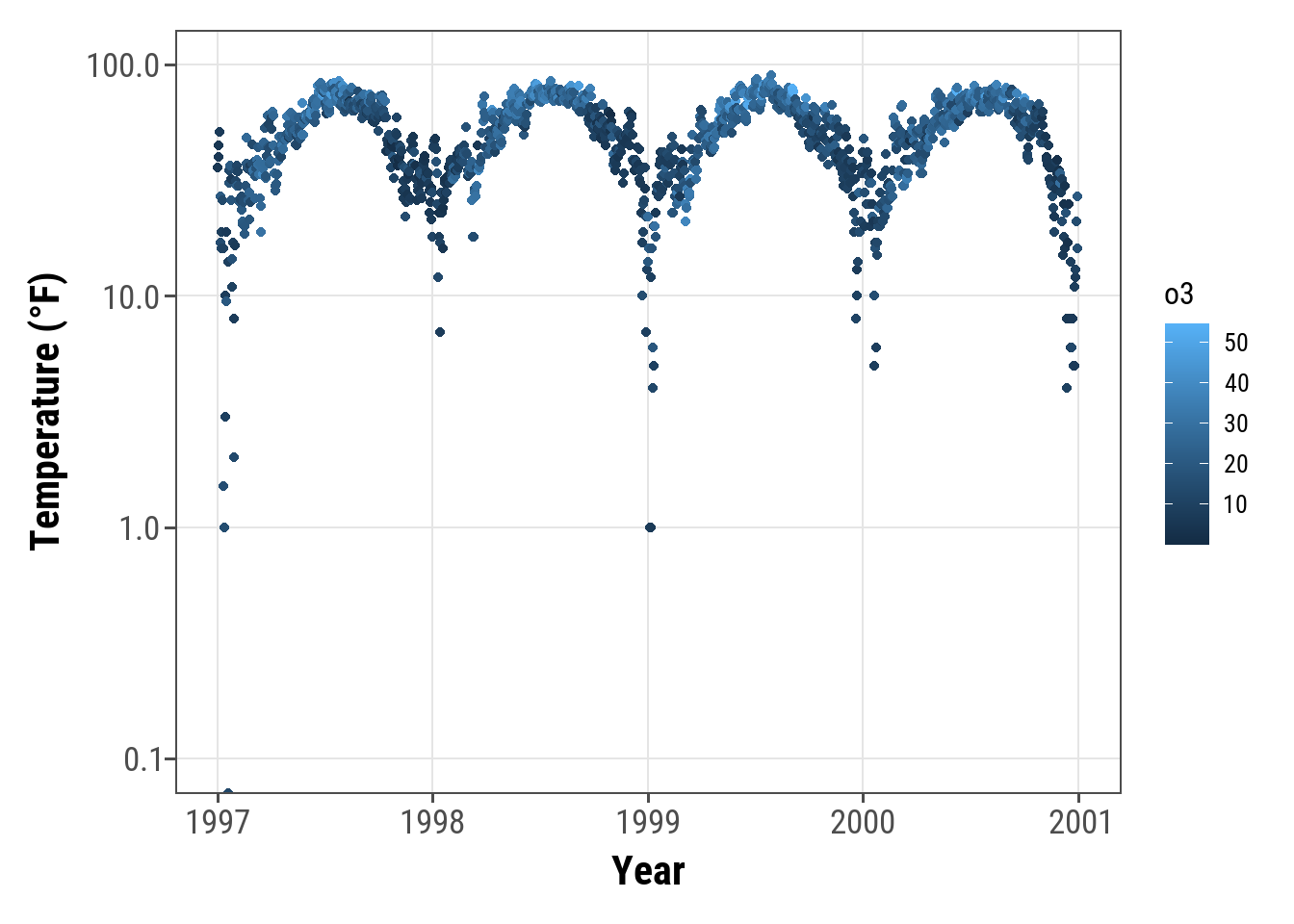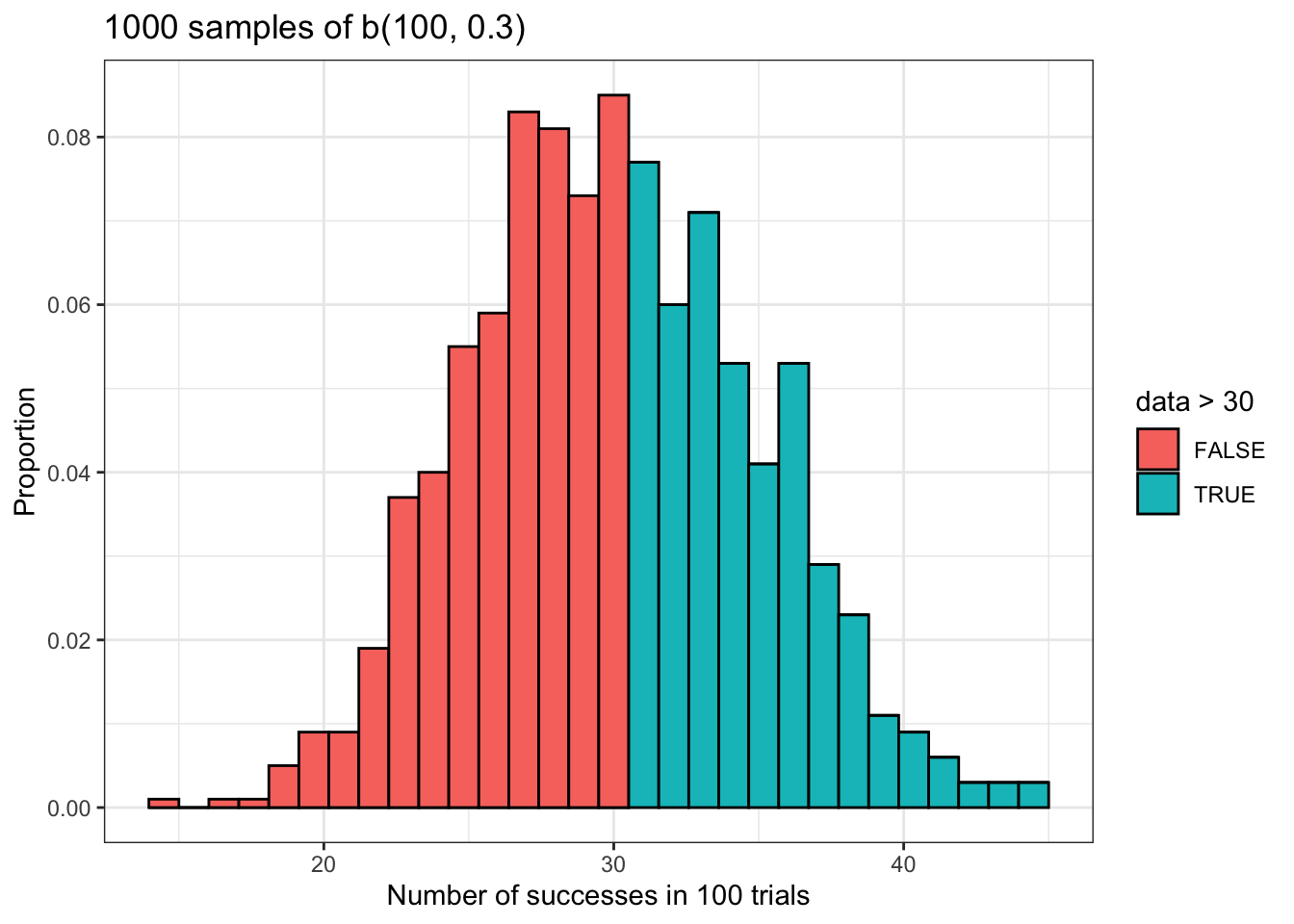

In those cases, summarize() generates one new row per value generated.

Second, in some cases a function simply returns a vector as output. #> # … with 2 more variables: kurtosis, se #> cut vars n mean sd median trimmed mad min max range skew #> `summarise()` ungrouping output (override with `.groups` argument)

#> vars n mean sd median trimmed mad min max range skew If we use such a function in summarize(), it generates a data-frame column, which we can turn into separate columns via unpack(). In recent versions of the tidyverse, this is possible.įirst, in the example you provided, the function returns a one-row data frame. We can write own summary function which returns a list: fun cut n min median mean sd max #> cut vars n mean sd median trimmed mad min max range skew kurtosis se Solution based on the purrr ( purrrlyr since 2017) package: library(ggplot2)īy_slice(~ describe(.x$price). #> cut n mean sd median trimmed mad min max range skew kurtosis se You can override using the #> `.groups` argument.
#Dplyr summarize sum values mods
Mods %>% summarise (rmse = sqrt ( mean ( ( pred - data $ mpg ) ^ 2 ) ) ) #> `summarise()` has grouped output by 'cyl'.


 0 kommentar(er)
0 kommentar(er)
